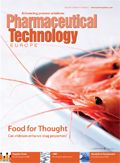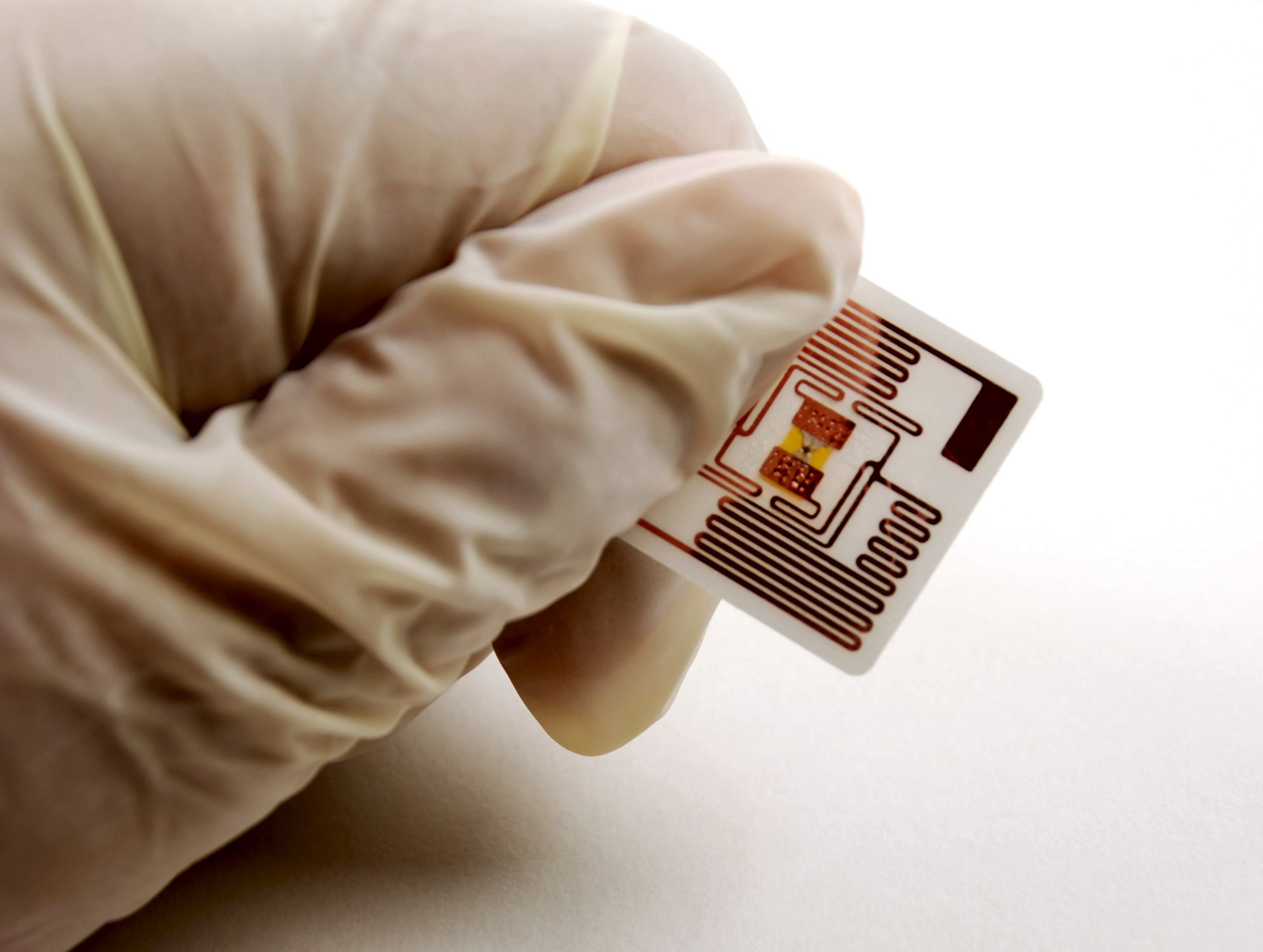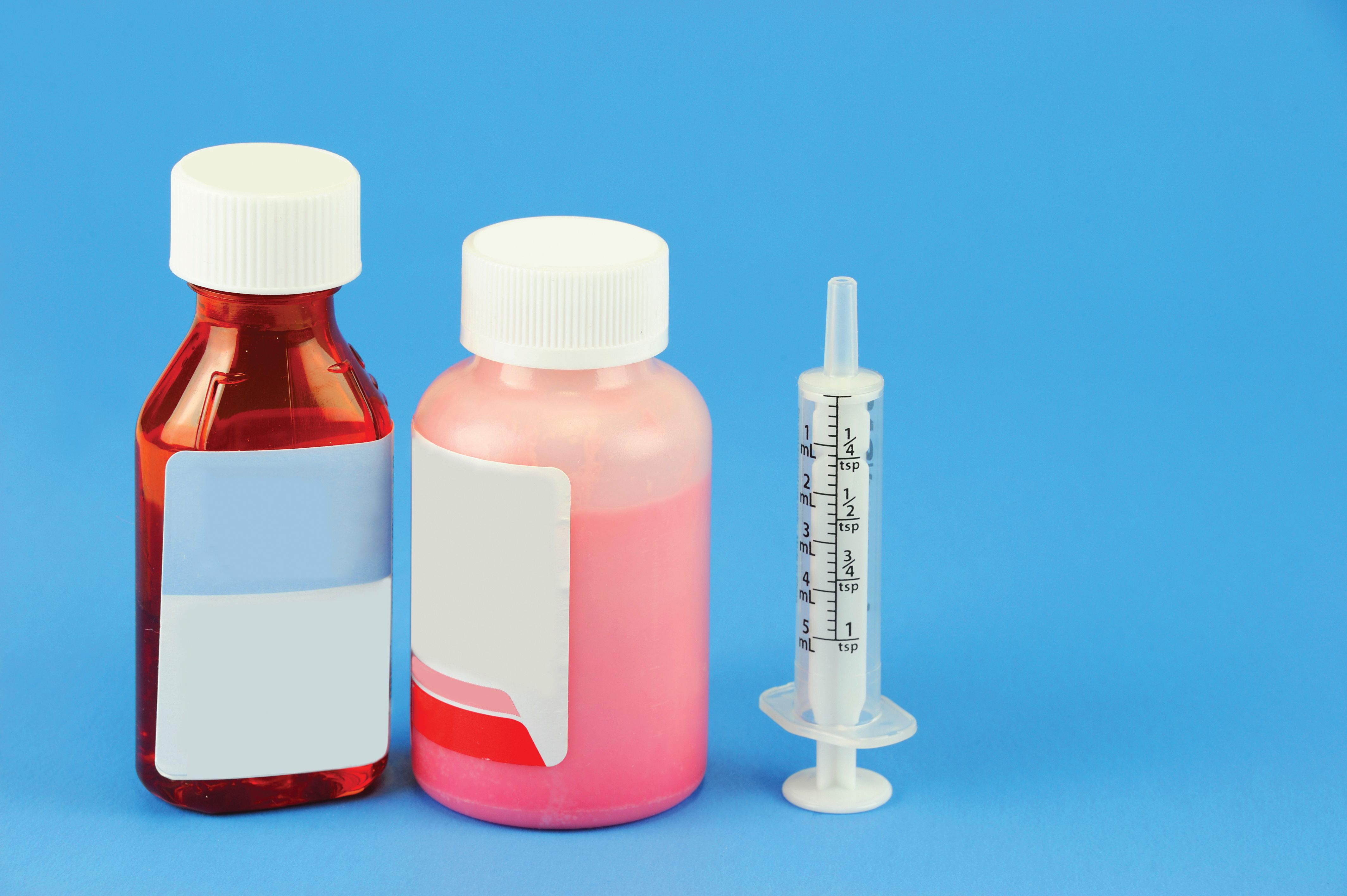Article
Pharmaceutical Technology Europe
Pharmaceutical Technology Europe
Nanotechnology: the next silver bullet?
Author(s):
A number of commentators during the past few years have speculated that nanotechnology is the wave of the future in biotech and pharma.
A number of commentators during the past few years have speculated that nanotechnology is the wave of the future in biotech and pharma. Predictions such as "The market could steeply rise after 2012, reaching potentially $220 billion by 2015 for these nanoenabled compounds"1 cause companies and their investors to take notice. There is, however, a large disparity between these predictions and the actions of the very companies that are in a position to make them a reality. For example, a Lux Research survey concluded that the pharma industry spends less than 0.5% of its research budget on nanotechnology and that only a sixth of companies had any nanotechnology strategy in place.2

Nanotech appears to be following the classic technology adoption curves shown in Figure 1. This shows the bellshaped Rogers Adoption Curve3 for any technology, overlaid by the Gartner Hype Cycle,4 which demonstrates technology acceptance. A new technology creates initial excitement that hypes its promise to be the next silver bullet. Usually, the hype is caused through a lack of understanding of the technology and its applications, which leaves the imagination to run wild and results in overstatement of the technology's promise. This is then followed by disillusionment when the reality does not match the hype. Finally, full adoption is achieved as the technology proves itself in the market.

Table 1: Approved nano-enabled therapeutics.
The estimates of the nano market (above) are likely to be part of the early 'hype' peak. We are now in the following trough, where expectations are low and there is a significant gap between early adopters and the early majority.

Figure 1: Gartner Hype Cycle (blue)/Rogers Technology Adoption Curve (red).
Current nano-enabled drugs
There are a number of early adopters of nanotechnology in the pharmaceutical industry. Table 1 shows the available nanotech formulations along with examples of approved drugs. Relative to the number of nonnano products on the market, the full list of approved nanoenabled drugs is very small and those that have made it to the market are effectively reformulations of existing generic drugs. These rarely allow significant returns on investment because of the low cost of the generic comparator drug used by health technology appraisal bodies such as The National Institute for Health and Clinical Excellence (NICE). Unless the reformulation drastically reduces toxicity or doseage (and, therefore, cost), the increased cost in comparison to the relatively minor change in quality adjusted life year (QALY) would make jumping the 'fourth hurdle' hard to achieve.
A Catch 22 situation
It appears that the problem is one of risk. In the current market climate companies need to get their products to market quickly to allow as much market exclusivity time as possible — not to recoup their investment, as this is a sunk cost, but to recoup the cost of developing future drugs, which is becoming ever more expensive. The Tufts Center for Drug Development estimated that the cost of bringing a single drug to market was approximately $1.2 billion in 2008, compared with $802 million in 2000.5,6 If this trend continues, drug development will become a commercially untenable proposition for industry. Given these issues, companies will not adopt new technology — however brilliant the science is — unless they know it has a clear and fast route to approval. This is particularly poignant in drug formulation and other ratelimiting activities that occur postpatent filing; once a patent is filed, the clock is ticking on the product's life. If a product is going to be a $1 billion a year blockbuster, lost revenues will be at least $2.7 million for every day a product is held from the market. This produces a Catch 22 scenario; no one will take the risk to demonstrate a new technology, particularly if it is competing with existing and proven methods, so no one will see a clear adoption path and use it.
Is nano the new bio?
This is very reminiscent of the fledgling biotech industry 15–20 years ago. Big Pharma was focussed on small molecules and did not want to risk bringing into their portfolio relatively unstable products that had to be injected, such as antibodies and proteins, and which were without a clear regulatory pathway. Now, 22 monoclonal antibodies have regulatory approval in the US, two of the top 20 global pharma companies are biotechs and pharmaceutical companies are buying up biotechs as soon as their products obtain clinical data. Are we rerunning the cycle with the nanotech industry? There are signs that we are, and if we have passed through the trough in Figure 1, then now should be the right time to invest in nanotech.
One thing is clear; even before the economic downturn, the pharma industry faced a challenge of getting drugs approved faster and cheaper. At the moment, it is not obvious as to whether nanotechnology can help achieve this. Early adopters, such as Abraxis and Elan, have started to clear a pathway, but, as yet, no company has developed a true nanodrug; one which was conceived as a nanoenabled product from first principles as opposed to using nanoformulation on existing products.
Assessing the financial risk
The major question is how can such a high risk and highly regulated industry adopt this new and unproven technology? The UK is examining this question through the Nanotechnology Knowledge Transfer Network's (NanoKTN) NanoPharm Focus Group. The Steering Committee for this group was established with major industry stakeholders, including Pfizer, GlaxoSmithKline and AstraZeneca, with The Wellcome Trust, London School of Pharmacy, Cyclofluidic Ltd and the BioIndustry Association/BioProcessUK representing the research base and smaller companies. The group's aims are to unite the UK's nanotech and bio/pharma development community to examine this and other issues involved in nanotechnology adoption.
In the drug discovery arena, which is prepatent, financial risk is lower and companies are more likely to risk developing a new technology if it holds promise for improved product discovery and development. In the pharma industry, nanotech is making a real difference in the development of tools to support drug discovery and early characterization of a new molecular entity's activity. Nanotech is also allowing the production of miniaturized high-throughput assays that use minute (picomolar) quantities of new compound and reagents. The benefits of these assays go further than just reducing the cost of reagents; they are also significantly faster because of the reduction in physical constraints, such as thermal mass, and can produce a greater degree of information than traditional assays.
An example of this was recently published by McKendry's group at the London Centre for Nanotechnology, who demonstrated that microcantilevers can be used to assess the interactions between multiple bindings of vancomycin to the mucopeptide receptors of MRSA.7 The work gave the researchers an insight into the way the drug dimerizes and creates a rupture in the cell wall. This information would have been unavailable through traditional assays, and can allow better drug design in areas of the molecule away from the primary binding groups to increase dimerization potential and, in turn, increase the drug's potency.
Moving forward
Nanotech has much to offer the pharma industry; if it follows previous technology examples, such as biotech, the successful early adopters will reap the rewards. However, there are still a number of hurdles to overcome, such as a clear regulatory pathway and a demonstration of value above and beyond current technologies, before it can become mainstream. There are significant efforts by industry and governments to help nanotech to jump the technology adoption gap quickly and ensure it can assist in developing the next generation of products, which are needed to solve significant unmet medical needs faced by patients and healthcare professionals.
Mike Fisher is Theme Manager, Bionano & Nanomedicine, at NanoKTN (UK).
References
1. The Nanoparticle Drug Delivery Market, Cientifica (2007).
2. Why Big Pharma Is Missing the Nanotech Opportunity, Lux Research (2005). www.luxresearchinc.com
3. E.M. Rogers,. Diffusion of Innovations (Glencoe: Free Press, 1964).
4. J. Fenn, "When to Leap on the Hype Cycle," Gartner Group, 1 January (1995).
5. Outlook 2008, Tufts Center for Drug Discovery (2008). http://csdd.tufts.edu/InfoServices/OutlookReportsRequest.asp
6. Outlook 2000, Tufts Center for Drug Discovery (2000). http://csdd.tufts.edu/InfoServices/OutlookReportsRequest.asp
7. J.W. Ndieyira et al., Nature Nanotech., 3, 691–696 (2008).
Newsletter
Get the essential updates shaping the future of pharma manufacturing and compliance—subscribe today to Pharmaceutical Technology and never miss a breakthrough.






